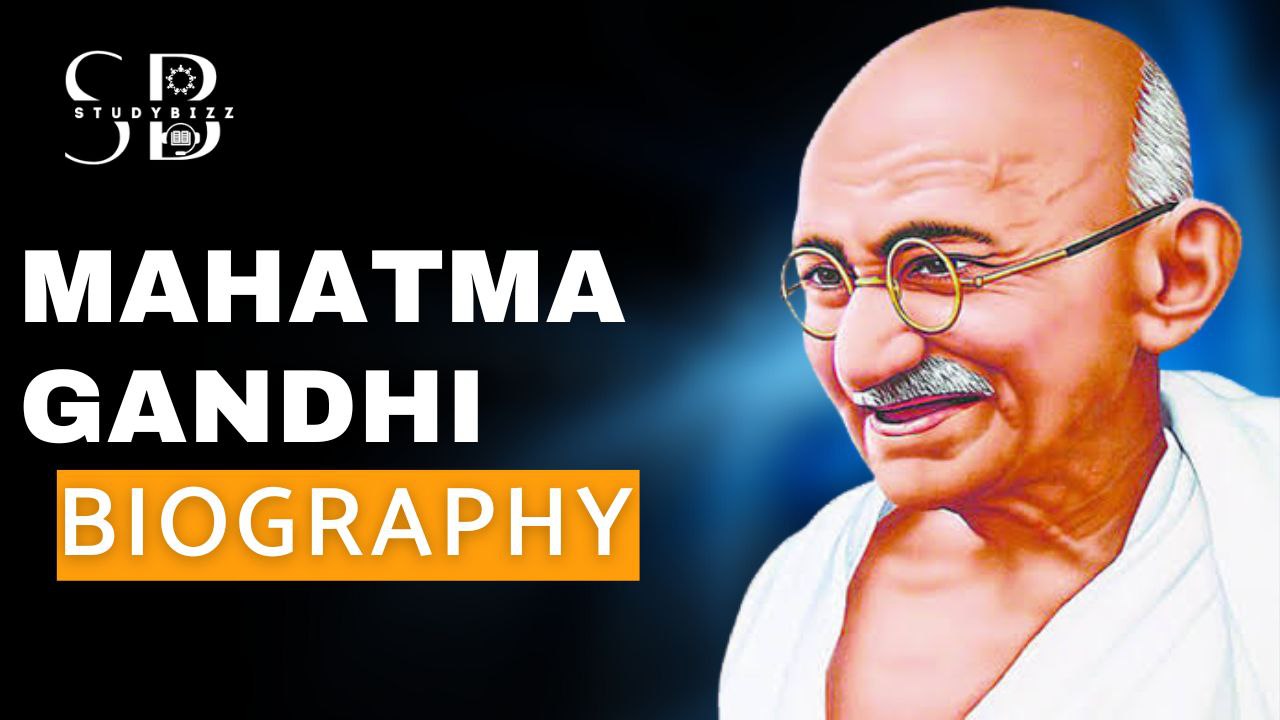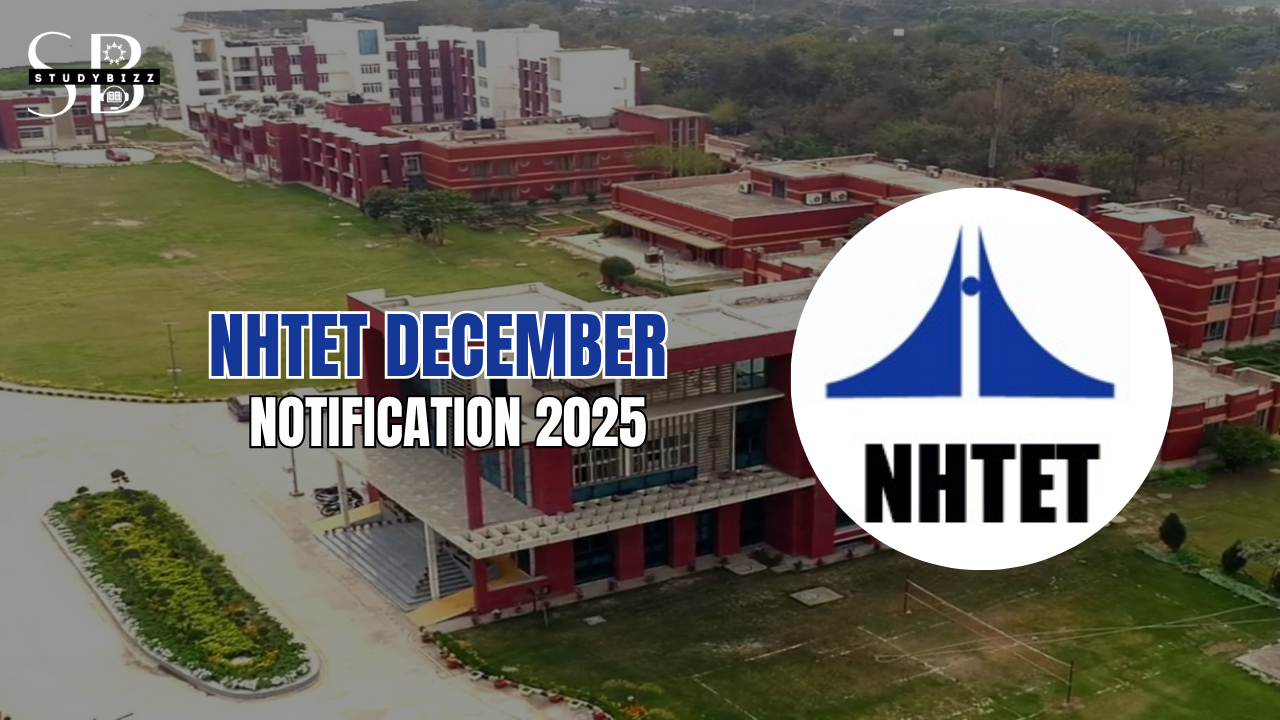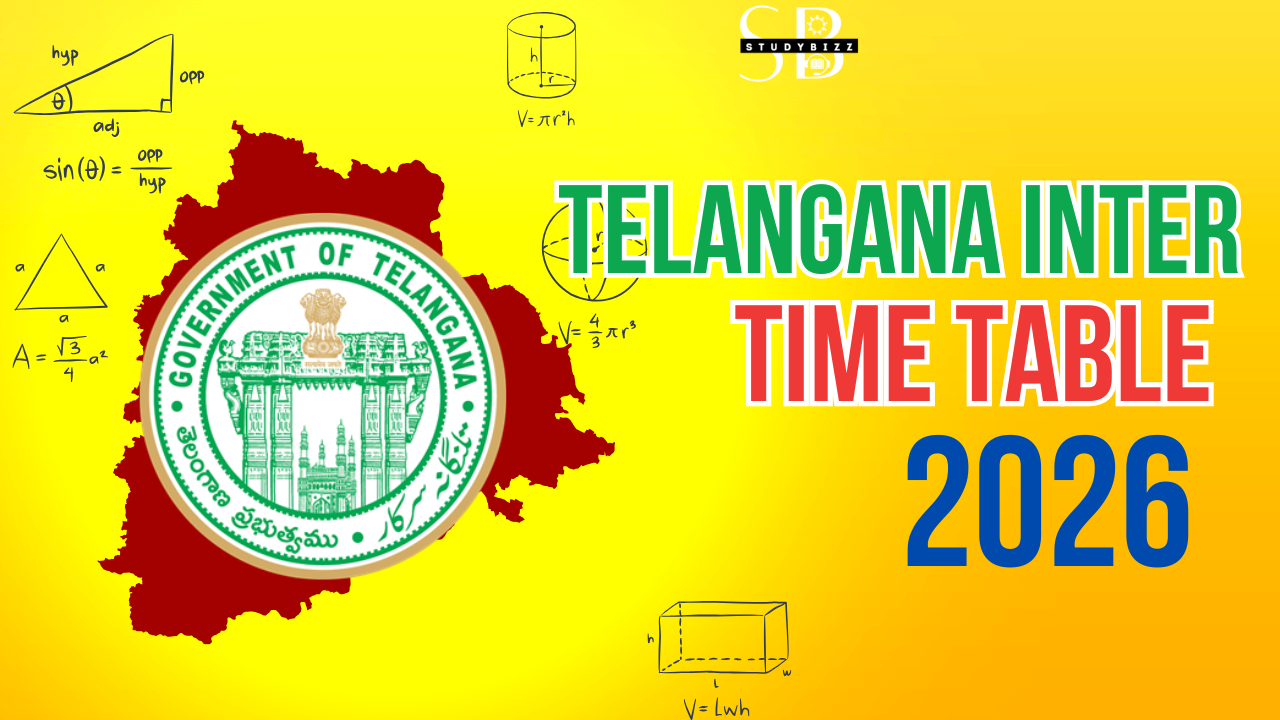Mohandas Karamchand Gandhi also called Mahatma Gandhi was an Indian lawyer, anti-colonialist, freedom fighter, political leader who led the movement to free India from British rule by using non-violence as a weapon. He set an example for global leaders in achieving peace with no war and violence. He got honorific Mahātmā in 1914 which is being used globally later on.
Gandhiji was Born and raised to a Hindu family in Porbandar, Gujarat. He got trained in the law (barrister) at the inner Temple, London, and was chosen to the bar at age of 22 in June 1891. After two unsuccessful years in India, he moved to South Africa in 1893 to represent an Indian merchant in a lawsuit. He went on to live in South Africa for 21 years. It was here that Gandhi raised a family and first employed nonviolent resistance in a campaign for civil rights. In 1915, at the age of 45, he returned to India and soon became successful in uniting peasants, farmers, and urban Labourers to protest against excessive land-tax and discrimination.
After taking over as the Indian National Congress’s leader in 1921, Gandhiji oversaw national campaigns to abolish untouchability, promote women’s rights, reduce poverty, foster interethnic and religious harmony, and, most importantly, achieve swaraj, or self-rule. Gandhi adopted the hand-spun yarn short dhoti as a symbol of his identification with India’s rural poor. He started to fast for extended periods of time, eat simple food, and live in an independent residential community as a way to express his political disapproval and engage in introspection. Bringing anti-colonial nationalism to the common Indians, Gandhi led them in the 400-kilometer Dandi Salt March in 1930 to protest the British government’s salt tax, and in 1942, he demanded that the British leave India. He spent many years and numerous imprisonments in South Africa and India.
Early in the 1940s, Muslim nationalism threatened Gandhi’s vision of an independent India founded on religious pluralism by calling for a separate homeland for Muslims inside British India. Following Britain’s declaration of independence in August 1947, the British Indian Empire was split into two dominions: India, which is predominantly Hindu, and Pakistan, which is predominantly Muslim. Religious violence broke out as a large number of displaced Muslims, Sikhs, and Hindus traveled to their new homes, particularly in Bengal and Punjab. Gandhi tried to ease suffering by visiting the impacted areas and skipped the official independence celebrations. He went on multiple hunger strikes to put an end to the religious violence in the months that followed. At the age of 78, he started the last of these in Delhi on January 12, 1948. Some Hindus in India began to believe that Gandhi had been too staunch in his support of both Pakistan and Indian Muslims. Among them was Nathuram Godse, a militant Hindu nationalist from Pune, western India, who on January 30, 1948, at an interfaith prayer meeting in Delhi, shot Gandhi three times in the chest.
October 2, the birthday of Mahatma Gandhi, is observed globally as the International Day of Nonviolence and as Gandhi Jayanti, an official national holiday in India. In post-colonial India, Gandhi is revered as the Father of the Nation. In the decades that followed the Indian nationalist movement, he was also frequently referred to as Bapu, which is a Gujarati term for “father,” “papa,” or “daddy.”
Mahatma Gandhi Biography
| Full name | Mohandas Karamchand Gandhi |
| Date of Birth/DOB | 2 October, 1869 |
| Birth Place | Porbandar, Porbandar State, Kathiawar Agency, British India |
| Death | 30 January 1948 (aged 78) New Delhi, Dominion of India |
| Cause of death | Assassination (gunshot wounds) |
| Monuments | Raj Ghat Gandhi Smriti |
| Other names | Bapu, Father of the Nation |
| Citizenship | British Empire (1869–1947) Dominion of India (1947–1948) |
| Alma mater | Samaldas Arts College[a] University College London[b] Inns of Court School of Law |
| Occupations | Lawyeranti-colonialistpolitical ethicist |
| Years active | 1893–1948 |
| Era | British Raj |
| Known for | Leadership of the campaign for India’s independence from British rule Nonviolent resistance |
| Notable work | The Story of My Experiments with Truth |
| Political party | Indian National Congress (1920–1934) |
| Movement | Indian independence movement |
| Father name | Karamchand Gandhi |
| Mother name | Putlibai Gandhi |
| Married | Yes |
| Spouse | Kasturba Gandhi |
| Children | Harilal, Manilal, Ramdas, Devdas |
| Relatives | See Family of Mahatma Gandhi C. Rajagopalachari (father-in-law of Gandhi’s son Devdas) |
| Awards | Time Person of the Year (1930) |
| Religion | Hindu |
Mahatma Gandhi Early Life and Family Background
He was born on 2 October, 1869 in Porbandar, Gujarat. His father’s name was Karamchand Gandhi and his mother’s name was Putlibai. At the age of 13, Mahatma Gandhi was married to Kasturba which is an arranged marriage. They had four sons namely Harilal, Manilal, Ramdas and Devdas. She supported all the endeavors of her husband until her death in 1944.
His father was Dewan or Chief Minister of Porbandar, the capital of a small principality in Western British India (Now Gujarat State). Mahatma Gandhi was the son of his father’s fourth wife Putlibai, who belonged to an affluent Vaishnava family. Let us tell you that in his earlier days, he was deeply influenced by the stories of Shravana and Harishchandra as they reflected the importance of truth.
Mahatma Gandhi Education
When Gandhi was 9 years old he went to a local school at Rajkot and studied the basics of arithmetic, history, geography, and languages. At the age of 11, he went to a high school in Rajkot. Because of his wedding, at least about one year, his studies were disturbed and later he joined and completed his schooling. He joined Samaldas college in Bhavnagar in 1888 at Gujarat. Later, one of his family friends Mavji Dave Joshi pursued further studies i.e. law in London. Gandhiji was not satisfied with his studies at Samaldas College and so he became excited by the London proposal and managed to convince his mother and wife that he will not touch non-veg, wine, or women.
Off to London
In the year 1888, Mahatma Gandhi left for London to study law. Thereafter 10 days after arrival, he joined the Inner Temple, one of the four London law colleges, and studied and practiced law. In London, he also joined a Vegetarian Society and was introduced to Bhagavad Gita by some of his vegetarian friends. Later, Bhagavad Gita set an impression and influenced his life.
Mahatma Gandhi In South Africa
In May 1893 he went to South Africa to work as a lawyer. There he had a first-hand experience of racial discrimination when he was thrown out of the first-class apartment of the train despite holding the first-class ticket because it was reserved for white people only and no Indian or black was allowed to travel in the first class. This incident had a serious effect on him and he decided to protest against racial discrimination. He further observed that this type of incident was quite common against his fellow Indians who were derogatorily referred to as coolies.
When and Why British first landed on Indian Territory
On 22 May 1894 Gandhi established the Natal Indian Congress (NIC) and worked hard to improve the rights of Indians in South Africa. In a short period, Gandhi became a leader of the Indian community in South Africa. Tirukkural ancient Indian literature, originally written in Tamil and later translated into various languages. Gandhiji was also influenced by this ancient book. He was influenced by the idea of Satyagraha which is a devotion to truth and in 1906 implemented a non-violent protest. He returned to India in 1915, after spending 21 years of his life in South Africa, and no doubt, there he fought for civil rights and at this time he was transformed into a new person.
Mahatma Gandhi Role in the Indian Independence Movement
In 1915, Gandhiji returned to India permanently and joined the Indian National Congress with Gopal Krishna Gokhale as his mentor.
Gandhi’s first major achievement was in 1918 when he led the Champaran and Kheda agitations of Bihar and Gujarat. He also led Non-Cooperation Movement, Civil Disobedience Movement, Swaraj, and Quit-India movement against the British government.
Mahatma Gandhi Satyagraha
Gandhi identified his overall method of non-violent action as Satyagraha. Gandhiji’s Satyagraha influenced eminent personalities such as Nelson Mandela and Martin Luther in their struggle for freedom, equality, and social justice. Mahatma Gandhi’s Satyagraha was based on true principles and non-violence.
Mahatma Gandhi Death
Mohandas Karamchand Gandhi was assassinated on 30 January 1948 by Nathuram Godse. Godse was a Hindu nationalist and a member of the Hindu Mahasabha. He accused Gandhi of favoring Pakistan and was opposed to the doctrine of non-violence.
Mahatma Gandhi Literary works
Gandhi was a prolific writer. Some of his literary works are as follows:
- Hind Swaraj, published in Gujarati in 1909.
- He edited several newspapers which included Harijan in Gujarati, in Hindi and the English language; Indian Opinion, Young India, in English, and Navajivan, a Gujarati monthly.
- Gandhi also wrote his autobiography, The Story of My Experiments with Truth.
- His other autobiographies included: Satyagraha in South Africa, Hind Swaraj or Indian Home Rule.
Mahatma Gandhi Awards
- In 1930, Gandhi was named the Man of the Year by Time Magazine.
- In 2011, Time magazine named Gandhi as one of the top 25 political icons of all time.
- He did not receive the Nobel Peace Prize despite being nominated five times between 1937 and 1948.
- The Government of India institutionalized the annual Gandhi Peace Prize to distinguished social workers, world leaders, and citizens. Nelson Mandela, the leader of South Africa’s struggle against apartheid was a recipient of the award.
Mahatma Gandhi Film
Ben Kingsley portrayed Mahatma Gandhi in the 1982 film Gandhi, which won the Academy Award for Best Picture. Therefore, Mahatma Gandhi will be remembered forever as he spread the message of non-violence, truth, and faith in God, and also he fought for India’s Independence. His methods inspired various leaders, and youth not only in India but also outside of India. In Indian history, he is considered the most prominent personality and as the simplest person who wears a dhoti. He spread the message of swaraj and taught Indians how to become independent.





Leave a Reply